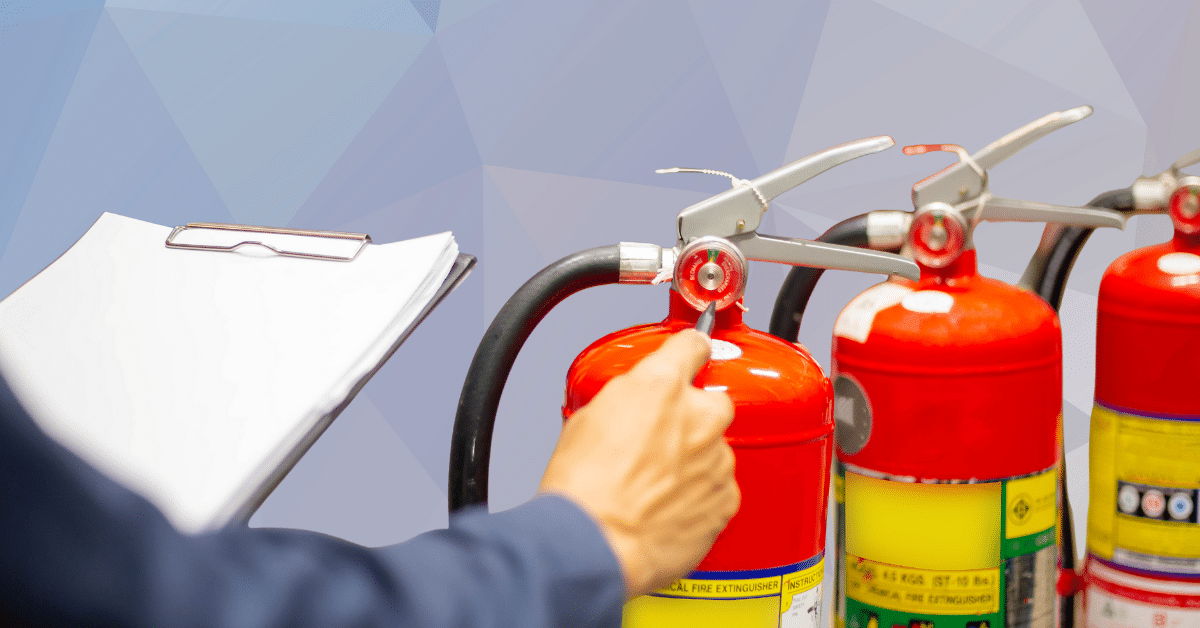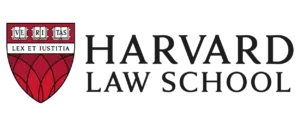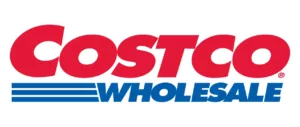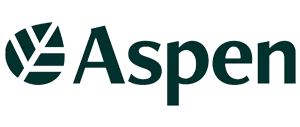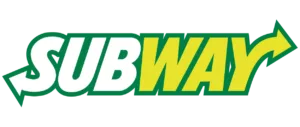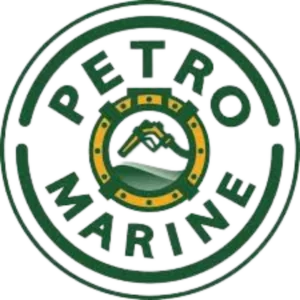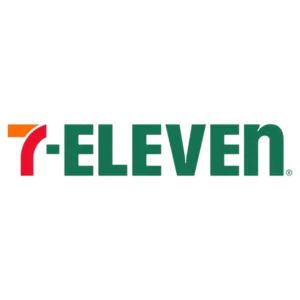I still remember my first week helping a facilities manager at a busy warehouse. A forklift clipped a rack, a pallet shifted, and someone reached for an extinguisher that had quietly slipped past its monthly check. The tag told the story: missed initials, dust on the gauge, and a needle sitting in the red.
That moment is why this topic matters. When the stakes are high, the person doing inspections cannot be guessing. Suppose you are considering a career in extinguisher inspection work. In that case, this guide provides a practical path from zero experience to a recognized credential, along with a clear picture of what the job entails.
What Certified Inspectors Actually Do Day To Day
Certified inspectors are the quiet backbone of safe facilities. Your work ensures that portable extinguishers are always ready, so minor incidents never escalate into major emergencies. In most organizations, the role includes:
- Walking routes to confirm that extinguishers are present, visible, accessible, and mounted at the correct height.
- Performing visual checks: pressure gauge in the operating range, pin and tamper seal in place, legible labeling, and no dents, rust, or missing parts.
- Verifying weights and dates, especially for CO₂ units, and confirming hydrostatic test and six-year maintenance dates.
- Updating tags and logs ensures a clean, traceable record for supervisors, auditors, and the fire marshal.
- Communicating with staff and safety teams, flagging units that require service, and following through to ensure problems are actually resolved.
It is detailed work, but when you have a solid routine, it becomes a transparent, repeatable process.
Why Fire Extinguisher Inspector Certification Matters
In many settings, it is not enough to be “the person who knows how to check extinguishers.” Authorities having jurisdiction, insurance carriers, and corporate safety policies often expect a formal, documented qualification.
A recognized credential demonstrates that you have been trained to the accepted standards, such as NFPA 10 and OSHA 1910.157, and that you understand the distinction between inspection and maintenance. It also confirms your ability to demonstrate competence during an audit. It also makes it easier to transition between sites or employers, as your skills are clearly documented.
Step-By-Step Path To Getting Certified
While details vary by jurisdiction, most people follow a similar progression from beginner to trusted inspector.
Step 1: Confirm What “Recognized” Means For You
Ask your authority having jurisdiction, safety manager, or corporate risk team what they accept. Some require a specific certificate provider, some insist on a proctored exam, and others focus on whether your training aligns with NFPA 10 and internal policy. Clarifying this up front prevents you from investing in the wrong program.
Step 2: Choose a Learning Format
Decide whether you will learn entirely in a classroom, entirely online, or through a blended approach. Consider your schedule, team size, and the amount of hands-on practice you will need to feel confident on your first solo route. For many people, a short online theory module followed by supervised field practice is the most efficient mix.
Step 3: Build Baseline Knowledge
Use your chosen course to master core concepts:
- Extinguisher types and ratings (A, B, C, D, K) and the hazards they are designed to handle.
- Placement basics include travel distance, mounting height, and ensuring units are unobstructed and easily visible.
- The difference between quick monthly inspections and annual or multi-year maintenance performed by technicians.
- Common failure points include under-pressurized cylinders, missing pins, damaged hoses, and overdue hydrostatic test dates.
- Documentation that withstands audits, including clear tags, log sheets, and digital records.
Where possible, pair this study with structured practice so you are not just memorizing definitions.
Step 4: Practice On Real Units
Walk real routes with a mentor. Touch every unit. Say your inspection steps out loud, then write the tag notes the way your organization expects to see them. Repeat the process on CO₂, dry chemical, water, and wet chemical units until your sequence feels automatic. This is a good time to conduct a short practice session for your team that includes a block of portable fire extinguisher inspection training, ensuring everyone learns the same rhythm.
Step 5: Take The Assessment
Most recognized paths include a knowledge exam and a practical evaluation. You will be expected to demonstrate a clean, repeatable pattern: approach, access, gauge, pin and seal, body and hoses, label, date check, and updated tag or log. Treat the assessment like a dress rehearsal for real audits and fire marshal visits.
Step 6: Secure And Organize Your Certificate
Once you have passed, save your certificate so that supervisors, auditors, and HR can access it quickly. Add the expiry date to a shared calendar, and keep a digital copy backed up so it is not lost when you change roles or devices.
Choosing A Training Option That Fits Your Work
Different teams need different blends of speed, depth, and field time. Busy operations may rely on concise online modules, while complex facilities, such as laboratories or industrial plants, benefit from longer, hands-on practice blocks.
A structured Fire Extinguisher Inspection Course should cover the types and ratings of extinguishers, inspection steps, placement rules, documentation, and when to escalate issues to a service technician. When you evaluate providers, look for programs that combine clear theory with realistic practice scenarios in environments similar to your own.
What You Learn And Prove As An Inspector
Inspectors who earn trust tend to show the same mix of skills:
- Technical knowledge of extinguisher types, ratings, code references, and inspection intervals.
- Strong observation skills for noticing corrosion, damaged or kinked hoses, brittle O-rings, and missing hangers.
- Sound judgment about when inspection ends and maintenance begins.
- Reliable recordkeeping with tags and logs that make sense even to someone seeing them for the first time.
- Clear and concise communication when explaining findings to staff or management.
A well-designed fire extinguisher inspector course effectively integrates these elements, enabling you to demonstrate them confidently in both training and real-world audits.
What About Cost, Time, And ROI?
Budgets, downtime, and payroll all play a role in choosing how you train inspectors, but a clear view of costs makes planning easier.
In most cases, time investment includes several hours of theory, a focused block of hands-on practice, and time for a final assessment. Direct expenses include course or exam fees, any required textbooks or materials, and periodic recertification. Indirect costs include paid training time and temporary coverage while trainees step away from their regular duties.
When leaders examine the entire picture, they often find that avoiding compliance penalties, reducing safety incidents, and minimizing fire marshal visits more than offset the initial investment in training and certification.
Online, Hybrid, Or In-Person: Picking A Format That Sticks
There is no single best format for every organization. The goal is to choose an approach that your team will complete and confidently apply.
Online theory works well when you need flexible scheduling and consistent content across multiple sites. Many organizations now start with online fire extinguisher inspection certification, so every learner hears the same explanations of codes, terminology, and basic procedures.
Hybrid training combines self-paced theory with on-site drills, enabling individuals to grasp the concepts initially and then apply them under supervision. Entirely in-person bootcamps are often the right choice when your authority having jurisdiction requires proctored exams or when your facilities present unusual hazards that generic examples will not cover.
Common Exam Topics And How To Handle Them
A bit of focused preparation goes a long way in making the exam feel manageable. Expect to be tested on:
- Ratings and use, such as explaining why water should never be used on a grease fire.
- Tag math, including calculating hydrostatic test dates and six-year maintenance intervals.
- Placement, including spotting blocked units, missing signage, or incorrect mounting heights.
- Documentation, where you may be asked to write a sample tag or log entry that is short, clear, and audit-ready.
- Field judgment, such as deciding when an out-of-service tag and a call to a technician are the correct response.
A straightforward practice drill is to choose three random extinguishers in your building and time yourself performing a complete inspection on each, from approach to updated tag, without skipping a single step.
Real-World Mistakes To Avoid
Even experienced inspectors can slip into habits that create risk. Watch out for:
- Assuming that a green gauge automatically means the unit is good to go.
- Ignoring accessibility rules and allowing décor or furniture to block extinguishers.
- Writing vague or copy-paste tag notes that do not clearly describe what you checked.
- Pushing past your scope by trying to perform maintenance tasks that belong to trained technicians.
Your credibility grows when you recognize the limits of your role and request maintenance at the right time.
Keeping Your Certification Current Without The Last-Minute Scramble
Treat your credential like any other critical safety asset: it should never be an afterthought.
Set calendar reminders for renewal dates and schedule refreshers well in advance of your card’s expiration. Build short monthly practice sessions into your routine so you stay fast and accurate even when inspections are not your only responsibility. Keep digital copies of certificates, test scores, and sign-off sheets together so you can produce proof of qualification on demand.
When your organization updates policies or adds new hazards, ensure that your checklists and route cards are updated accordingly, so your inspections keep pace with reality.
Career Upsides Once You Are Certified
A recognized inspection credential can be a powerful career lever. Facilities come to rely on you for routes, audits, and pre-inspection walk-throughs with the fire marshal. Safety leaders may ask you to help design inspection routines for new buildings or high-risk areas, such as commercial kitchens and laboratories.
Over time, many inspectors expand into related specialties such as kitchen hood inspections, alarm testing, or broader life safety roles. Others move into supervisory positions where they train and coach new inspectors. It all starts with one clean, repeatable skill that you perform consistently well.
One-Page Action Plan
If you want a simple roadmap you can act on this week, use this checklist:
- Confirm with your authority having jurisdiction or safety lead which certificates they accept as “recognized.”
- Enroll in fire extinguisher inspector training that matches those requirements and includes both theory and supervised practice.
- Schedule time to walk real routes with a mentor and practice until your inspection sequence feels automatic.
- Sit the exam, save digital and hard copies of your certificate, and share them with HR, safety, and your supervisor.
- Add renewal dates to your calendar and plan regular refreshers to stay sharp between formal recertifications.

